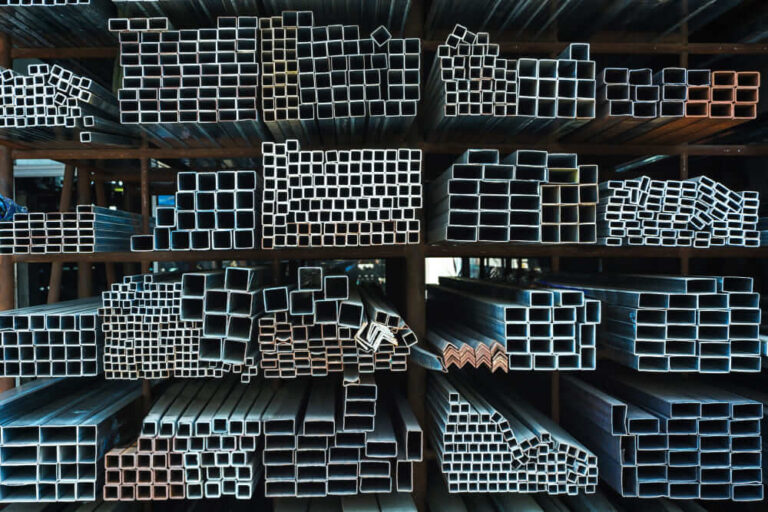Choosing the steel profiles is vital for the smooth execution of building ventures, as they form the skeleton and foundation for various structures, such as buildings and bridges. It is important to comprehend the various steel options available in order to make a selection that meets project specifications and ensures safety and longevity. This manual provides advice on picking the structural steel shape that best fits particular project demands.
Consider the Beauty and Appeal Aesthetically
Design aesthetics are frequently considered in projects where visual appeal takes precedence in the decision-making process. Certain structural steel shapes/dimensions are particularly well suited for these purposes as they contribute a sense of elegance and individuality to the design. Tubes are commonly utilized in buildings due to their stylish look. Choosing shapes that align with the intended design concept can elevate the quality of the project significantly.
Exploring Steel Forms
Different types of steel have shapes with special characteristics and functions. Beams are great for supporting loads, while channels, due to their U-shaped structure, provide support in frames and columns. Angles are used for creating joints, and tubes offer strength without being too heavy because of their design. Understanding the features of these shapes helps in selecting the suitable one for a particular project.
Think About the Load Requirements
Knowing the load specifications is crucial when selecting steel profiles for construction purposes. It’s important to have structures that can handle expected loads while maintaining their integrity. Beams are ideal for withstanding bending forces and are suitable for projects with horizontal pressure. When it comes to loads, channels and angles are preferred due to their effectiveness. By evaluating load requirements thoroughly, one can guarantee the safety and functionality of a project.
Investigate Environmental Aspects
The environment plays a part in choosing the type of steel for construction purposes. When buildings are subject to weather conditions like moisture levels or extreme temperatures, it’s important to use materials that can withstand corrosion and thermal expansion. Materials like steel are effective in preventing rust. Moreover, opting for shapes with surface treatments can help prolong the lifespan of structures and lower maintenance requirements. Taking factors into account is key to ensuring that structures remain durable and dependable over time.
Assessing the Expenses Related to Materials
Financial limitations frequently impact the selection of steel materials for construction projects. Although certain designs might seem economical at a glance, it is essential not to disregard their performance and maintenance needs over time. Beams and tubes are costlier initially but may prove to be more cost-effective in the future due to their durability and lower maintenance requirements. Contemplating the expenses versus the long-term advantages aids in making informed financial choices.
Evaluate Production and Setup
The ease of creating and installing structures can significantly influence a project’s schedule and budget. Fabricating steel shapes might require tools or methods that could impact overall effectiveness. Beams may necessitate cutting and welding procedures, while angles could involve straightforward installation steps. Opting for shapes that match the resources and skills at hand helps ensure a construction period.
Safety Standards Should Be Given Priority
Safety is a priority in the construction industry, particularly when it comes to using steel that meets the required standards for the well-being of occupants and the general public. Discuss with engineers and architects to make sure you pick shapes that adhere to safety guidelines. Paying attention to safety protocols builds confidence and reliability in your work.
Seek Advice from Professionals
Involving professionals in the decision-making process is advantageous. Engineers and architects provide input on the appropriateness of steel shapes for their intended uses. Their knowledge helps address factors and make selections. Working together with experts improves project results.
In Summary
Selecting the structural steel form involves evaluating different factors, such as load demands and environmental circumstances, alongside cost considerations and design preferences. Each factor is important in the decision-making journey. Emphasizing safety and seeking advice from professionals helps ensure decisions are in line with project objectives. By analyzing these components, projects can attain both usability and visual attractiveness, resulting in effective structures.

